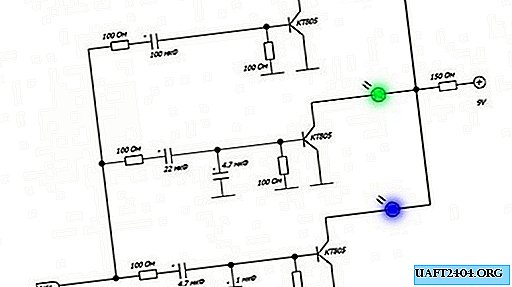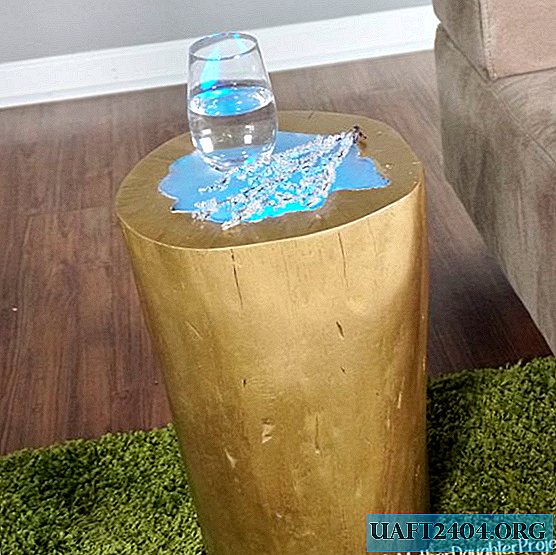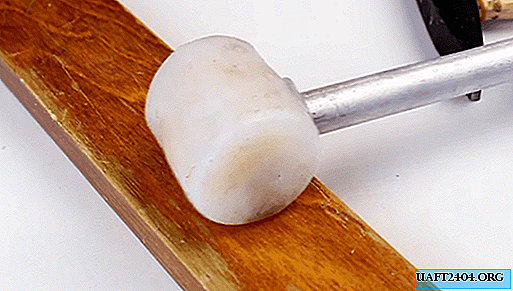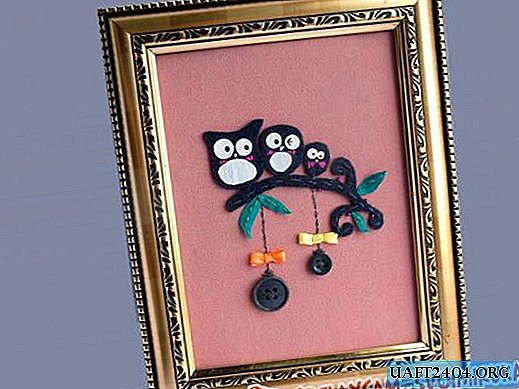Share
Pin
Tweet
Send
Share
Send
The principle of color music is classic, which has truly become the most popular. It is based on dividing the sound range into three sections: high frequencies, mid frequencies and low frequencies. Since the color music is three-channel, each channel tracks its frequency boundary and, as its level reaches a threshold value, the LED lights up. As a result, when playing musical compositions, a beautiful light effect is born when the LEDs of various colors blink.
Scheme of simple color music

Three transistors - three channels. Each transistor will fulfill the role of a threshold comparator and as the level exceeds 0.6 Volts, the transistor opens. The load of the transistor is an LED. Each channel has its own color.
In front of each transistor is an RC chain, playing the role of a filter. Visually, the circuit consists of three independent parts: the upper part is a high-frequency channel. The middle part is the medium frequency channel. Well, the lowest channel according to the scheme is the low frequency channel.
The circuit is powered by 9 volts. The input signal from the headphones or speakers. If the sensitivity is not enough, then it will be necessary to assemble an amplifier stage on a single transistor. And if the sensitivity is high, then you can put a variable resistor on the input and adjust the input level with it.
You can take any transistors, not necessarily KT805, here you can even put low-power type TK315, if the load is only one LED. In general, it is better to use a composite transistor such as KT829.
LEDs are super bright, took here - Ali Express.
There you can take all the other components of the circuit.
Color music assembly
You can assemble the color music by hanging installation or on the circuit board as I did.
Setting is not needed, assembled, and if all the parts are suitable - everything works and blinks without problems.

Can I connect an RGB LED strip to the input?
Of course you can, for this we connect the entire circuit not to 9 V, but to 12. At the same time, we quench the quenching resistor by 150 Ohms from the circuit. The common wire of the tape is connected to the plus of 12 V, and the RGB channels are scattered along the transistors. And, if the length of your LED strip exceeds one meter, then you will need to install transistors on radiators so that they do not fail from overheating.
Color music at work
It looks pretty pretty. Unfortunately, you can’t convey this through the pictures, so watch the video.



Watch the video of work and assembly
Share
Pin
Tweet
Send
Share
Send











